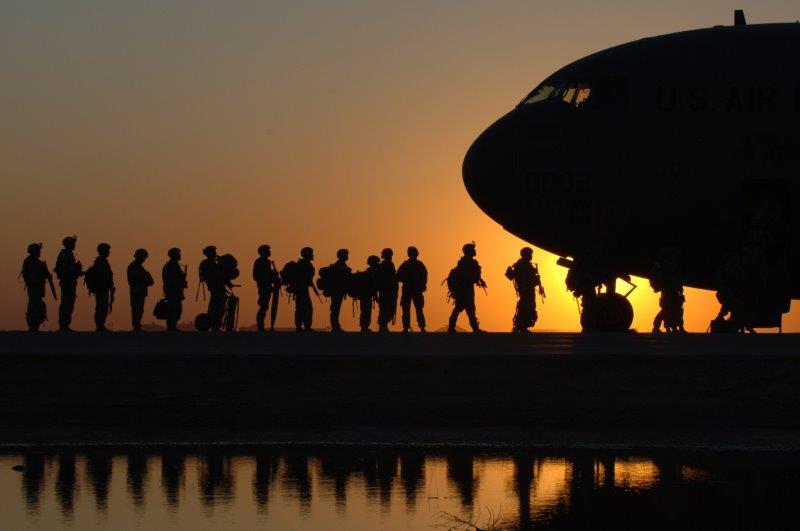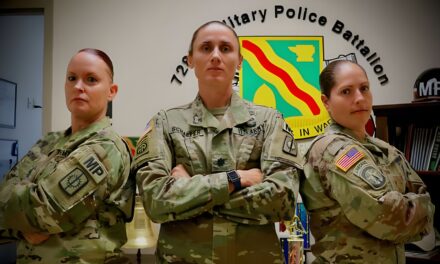There are more than 19 million U.S. veterans as of 2021, each with their own unique backgrounds, service details, and leftover health situations. This population of heroes is significantly different from years past, with roughly three-quarters having wartime experience. Every single one of them relies on the promised programs for education, finances, and healthcare for veterans– yet we still see massive gaps in our service arrangements.
Between the issues that hit mainstream media on how the U.S. Department of Veterans Affairs and veterans health department or VA treated patients and then the rumors of reduced funding, we need to revitalize our programming so the people willing to sacrifice for our freedoms are now protected in their retirement.
Today’s military servicemen or women veterans joined because of 9/11. These are heroes that heard the call of justice and stood up when others wouldn’t. Over 94% of these individuals suffered physical or mental health conditions due to their service. They need direct assistance with everyday activities that the rest of us take for granted because of their injuries.
While it is true, we are making headway in veteran homelessness and opening new employment initiatives, more needs to be done to lower the staggering rate of illness and suicide among vets.

VA Health & Invisible Wounds
The problem many who have never served forget is the prevalence of invisible wounds. These are mental health injuries that do not leave a physical scar. When a young kid of 18-21 years old is thrown into battle and watches enemy combatants, civilians, and their fellow soldiers pay the ultimate sacrifice, they are faced with a reality that challenges even the most well-kept mind.
The result is that 1 in 5 U.S. veterans that served in Iraq or Afghanistan experience some form of PTSD or depression. Of these proud service members, only about half will actively seek medical help. When left unchecked, these issues quickly result in substance abuse and homelessness. Even when the government promised over $1 billion in federal funding to address such problems, the resulting suicide rate only rose. You cannot ignore the facts. The veterans health administration needs to wake up to the statistics.
Did You Know: Veterans are one and half times more likely to commit suicide than civilians. In 2017 alone, more than 6,000 veterans committed suicide, and of those, nearly 60% had never received services.
If you are a veteran or a loved one caring for their needs, please don’t forget there are resources for those dealing with depression and potentially suicidal thoughts. Check out the Veterans Crisis Line or contact your local VA. There is nothing wrong with asking for help, especially given the things you have seen, felt, and experienced in your service to this country.
These numbers become significantly harder to swallow when you consider the female and LGBTQ+ populations inside veteran communities. Women make up 20% of the total active duty forces and about 10% of all veterans. We are underserving this population, and that comes with risks. Women with PTSD tend to experience dangerous pregnancy complications and are over twice as likely to commit suicide than civilian women. That is all outside the critical conversation of sexual abuse and how it relates to proper healthcare for female vets.
Then, you look at VA health care and those veterans who are part of the LGBTQ+ community, and the stats go off the charts. Unfortunately, these members are often used as political footballs, and the care they should be receiving gets left off the table until calmer, willing-to-compromise minds (especially those representatives with military experience) step in to enact real change.

Empowering VA Health Insurance and Veteran Health
Okay, so with all that doom and gloom around the veterans health department, how do we bridge these gaps and ensure proper healthcare for veterans and our serving and retiring service members?
The first issue is location. Whenever veterans have access to qualified VA facilities, the stats on their healthcare goes up. Access equals quality care. That means the VA needs to expand community access through non-VA care facilities and telehealth services. Even something as simple as a remote checkup can do wonders for our heroes.
Next is education. We need to initiate a hiring expansion that seeks out individuals in the medical field with military experience or at least some form of empathy training. They need to be able to address the unique outcomes, maladies, and serious mental health issues of veterans from a personalized perspective.
We also need to take the time to get to know each veteran. People who have been through the military machine often do not feel heard from VA health programs. We should be asking questions about their service, what branch they operated in, how long they were in, and encourage community development of groups. Making connections between veteran members can go a long way to building support groups and boosting outreach to wounded warriors who may be outside the normal reach of VA health care.
Finally, we should move from an expensive chemical-based treatment program to a more practical therapeutic and direct-response healthcare service. This will lower the rate of substance abuse and encourage service members to be active participants in their healthcare. They will begin to feel motivated to make positive changes, even if that is keeping appointments set by VA health insurance providers.

Wrapping Up Healthcare for Veterans
We cannot afford to leave veterans out in the cold. The experiences they achieve and the service they offer our country are priceless. We must do all we can to ensure they receive the full quality of care possible by our great nation.
Yes, this will likely mean we spend more on healthcare from a tax perspective. We currently spend nearly 40% more than any other country on military initiatives. Of course, that includes many programs that are critical to our national security, but we should be able to carve out funding for such a crucial need as veteran healthcare.
Moreover, there are endless groups, organizations, and veteran-led bills that are stuck in committee due to partisan politics. Let’s shed light on the importance of these programs and how they can better our society, our veterans, and our morality. A lot can be done. We just need to tighten our belts and get working. Together, we can lower the staggering rates of suicide, harm, and mental illness in our proud U.S. veterans.










